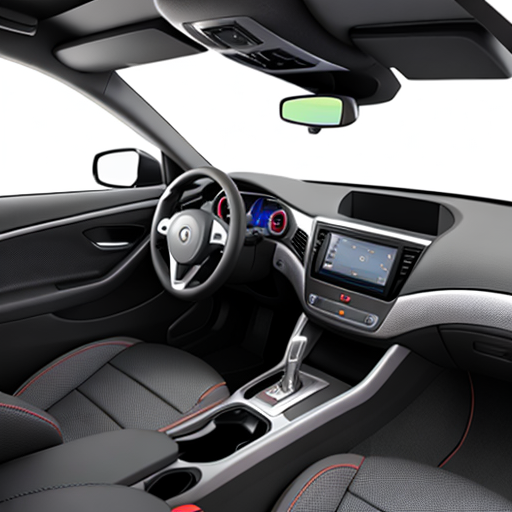3d Printed Car Parts STL
Revolutionizing Automotive Manufacturing: The Rise of 3D Printed Car Parts
 |
| 3d Printed Car Parts STL |
Traditional manufacturing methods have often been costly, time-consuming, and limited in design flexibility.
However, with the advent of 3D printing technology, car manufacturers can now easily create complex and customized parts. In this article, we will explore the world of 3D-printed car parts, specifically focusing on using STL files, their advantages, and their impact on the automotive industry.
Understanding STL Files:
STL (Standard Tessellation Language) is a widely used file format in 3D printing. It represents the surface geometry of a 3D object as a collection of triangular facets.
This file format simplifies transferring 3D models from computer-aided design (CAD) software to 3D printers. By slicing the model into multiple layers, 3D printers can interpret the STL file and construct the physical object layer by layer.
Advantages of 3D Printed Car Parts:
- 2.1 Design Flexibility: With 3D printing, car manufacturers can push the boundaries of design, creating intricate and lightweight parts that were previously unachievable using traditional manufacturing methods. Complex geometries and internal structures can be easily incorporated into 3D-printed car parts, optimizing their performance and functionality.
- 2.2 Customization: Every car owner has unique requirements and preferences. 3D printing enables the production of customized car parts that perfectly fit individual needs. From personalized dashboard components to tailor-made exterior elements, such as grilles or spoilers, 3D printing empowers car manufacturers to provide a more personalized driving experience.
- 2.3 Reduced Weight and Improved Performance: 3D-printed car parts can be lighter than their traditionally manufactured counterparts using advanced materials and optimized designs. Reduced weight enhances fuel efficiency and improves overall vehicle performance, including acceleration, handling, and braking.
- 2.4 Faster Prototyping and Production: The traditional manufacturing process involves multiple steps, including tooling and molding, which can be time-consuming and expensive. 3D printing allows car manufacturers to rapidly prototype and iterate designs, significantly reducing development time. Furthermore, once the design is finalized, 3D-printed car parts can be produced more efficiently without extensive tooling.
Impact on the Automotive Industry:
- 3.1 Cost Savings: While the initial investment in 3D printing technology may be higher, the long-term benefits can result in significant cost savings. Eliminating tooling costs, reducing material waste, and streamlining manufacturing processes reduce production expenses.
- 3.2 Supply Chain Optimization: 3D printing can revolutionize the automotive supply chain. Rather than relying on extensive inventories and complex logistics, car manufacturers can adopt a "print-on-demand" approach. This reduces the need for large warehouses and minimizes the risk of obsolete inventory, making the supply chain more efficient and sustainable.
- 3.3 Sustainability: Traditional manufacturing methods often result in significant material waste. 3D printing, on the other hand, produces parts with minimal material wastage. Additionally, 3D-printed car parts can be made from recyclable materials, reducing the environmental impact of automotive production.
Conclusion:
The emergence of 3D-printed car parts powered by STL files is revolutionizing the automotive industry.
The advantages offered by this technology, including design flexibility, customization, reduced weight, and faster prototyping, are transforming the way cars are manufactured.
As more car manufacturers embrace 3D printing, we can expect a future where customized, lightweight, and sustainable vehicles become the norm.
With ongoing advancements in 3D printing technology, the possibilities for innovation within the automotive industry are boundless.